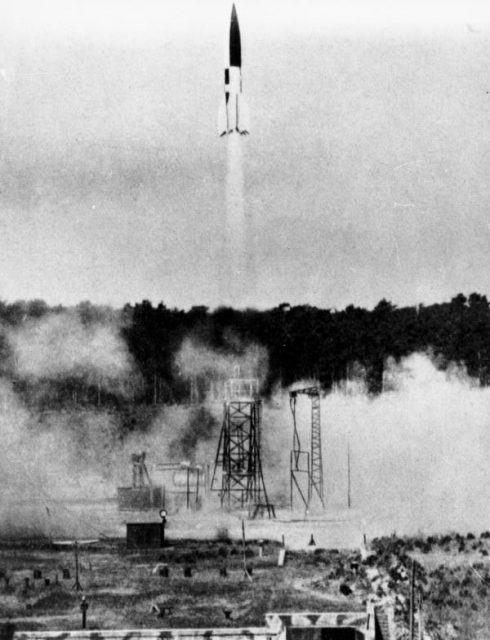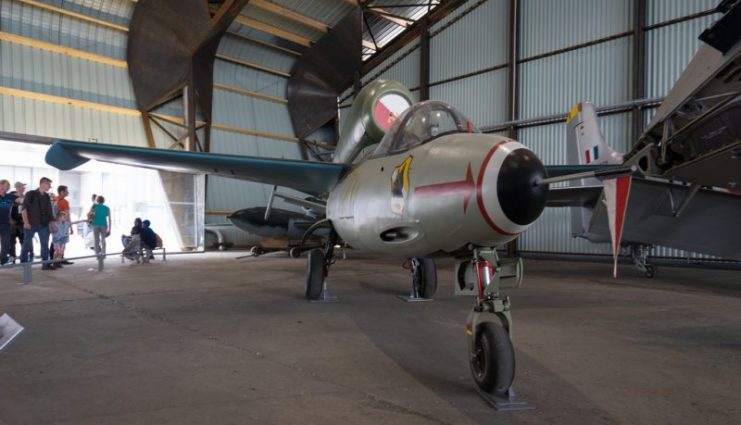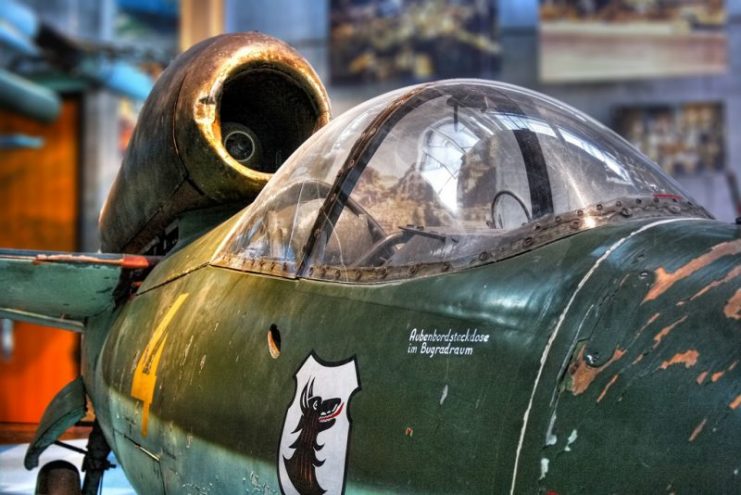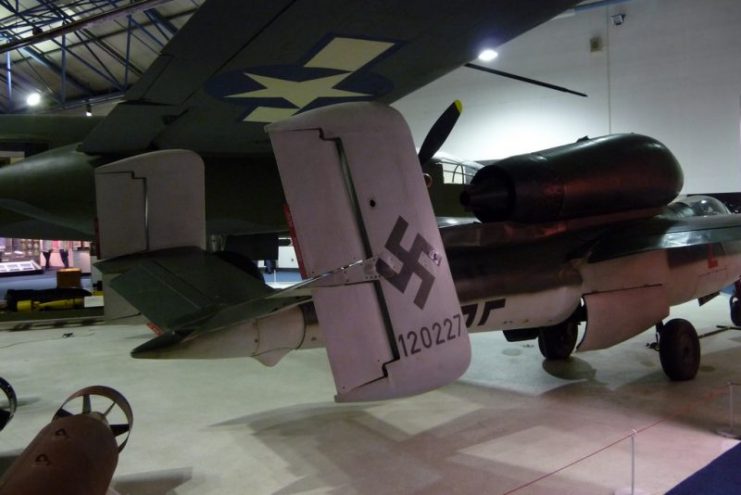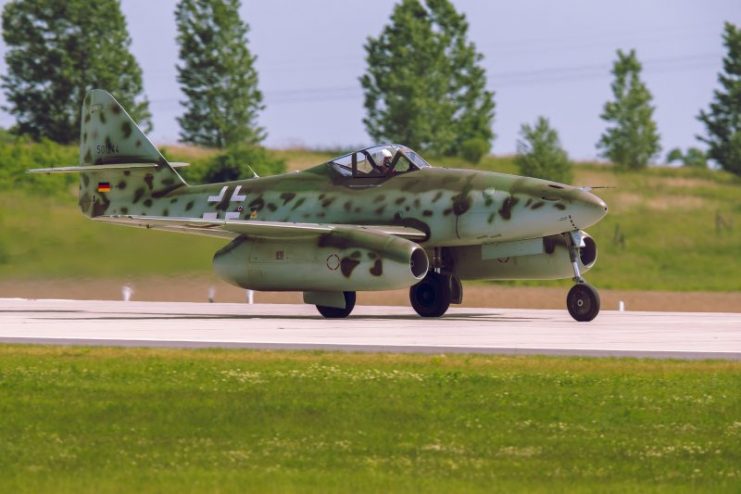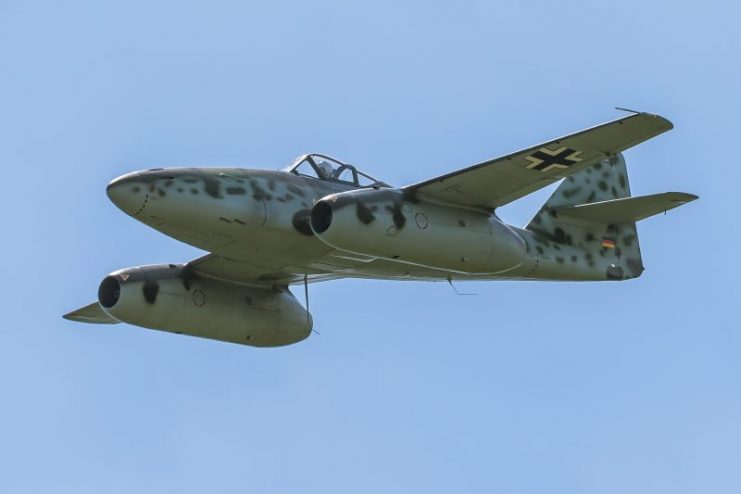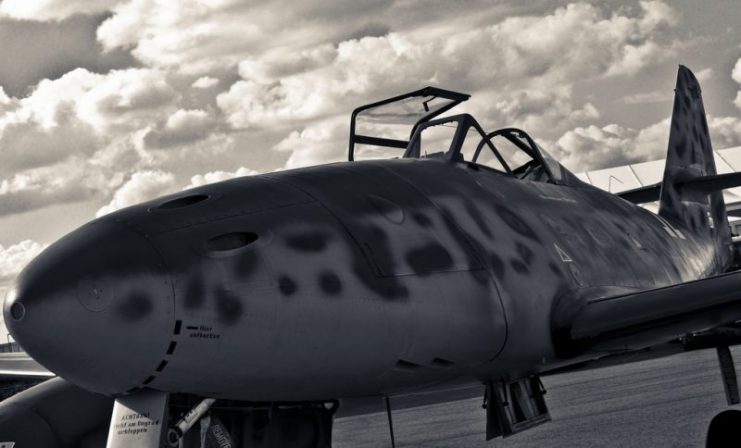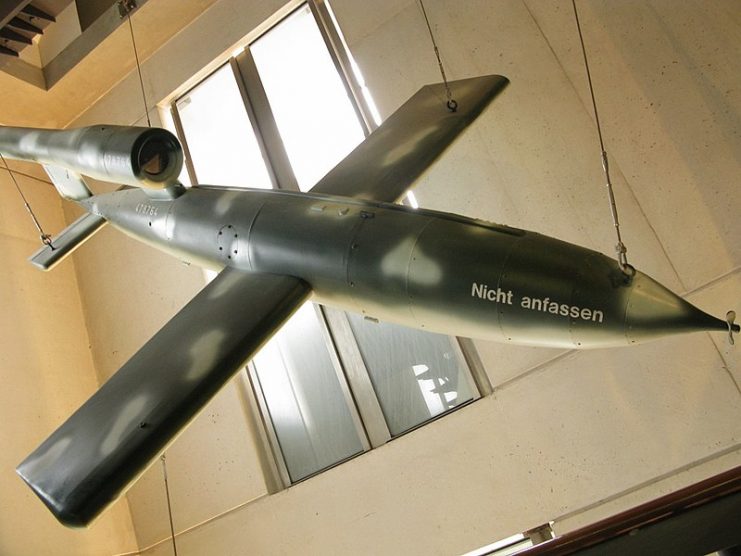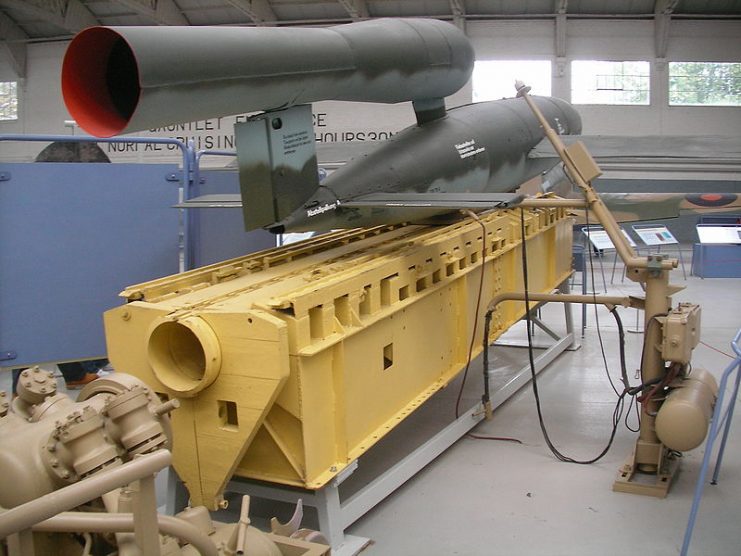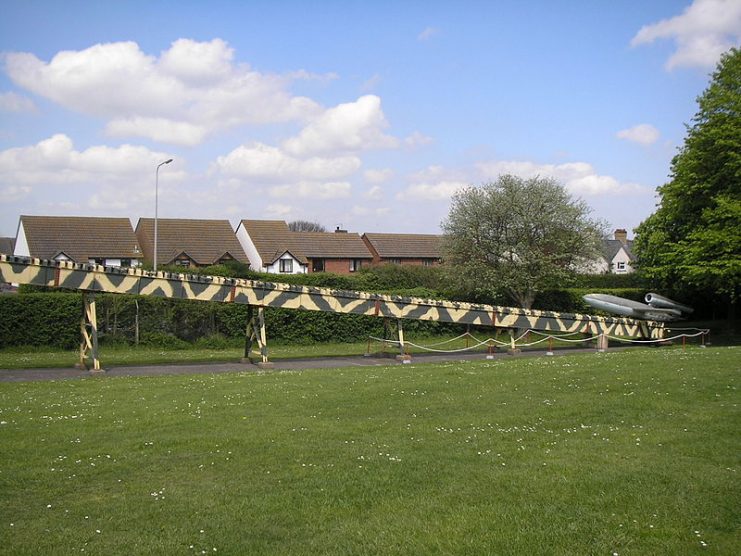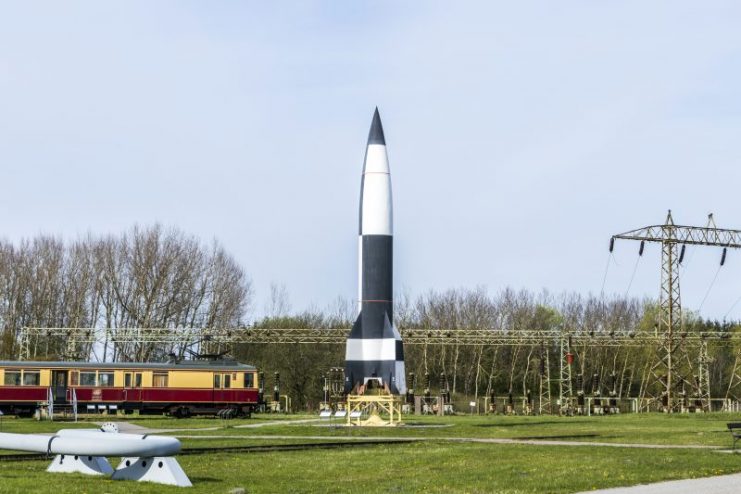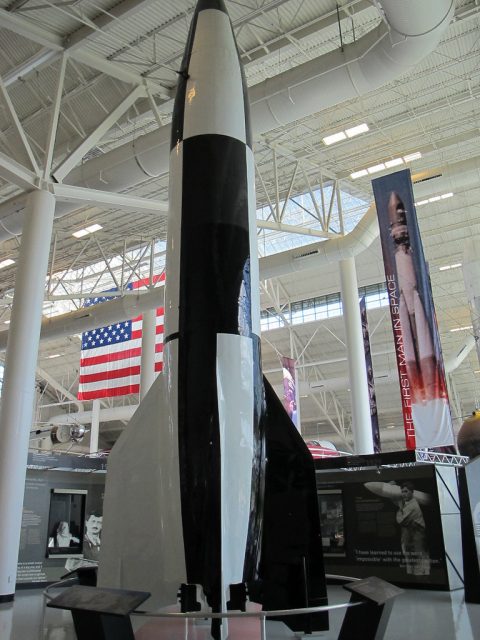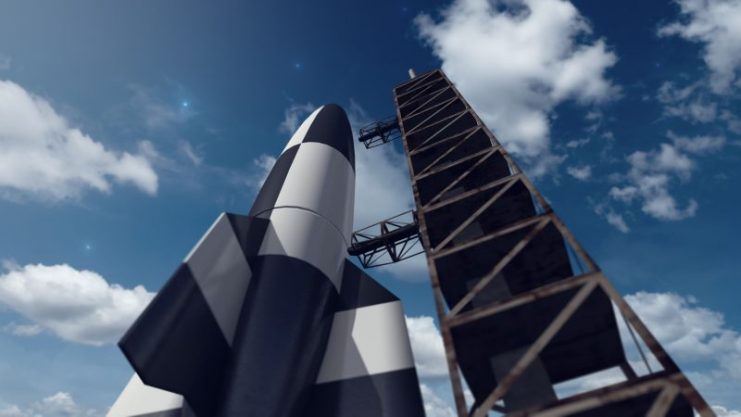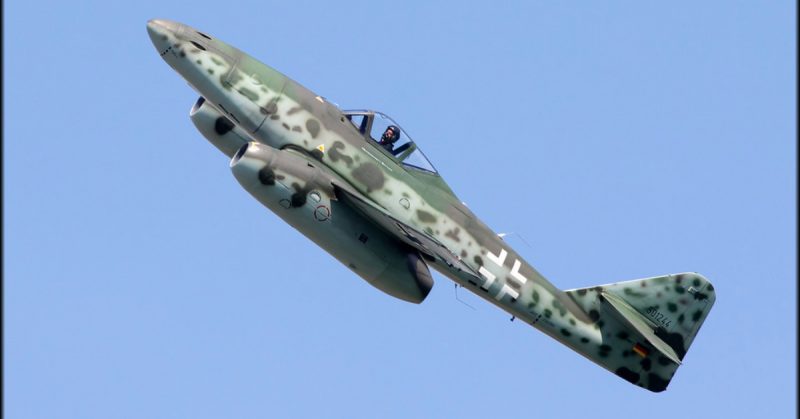Wunderwaffe or “miracle weapons” were new types of weapons designed to save the Third Reich from defeat in World War II. Nazi propaganda placed great hopes on Wunderwaffe. Some of the weapons and aircraft created by German engineers due to the war were ahead of their time.
Heinkel He-162
The use of German jet fighters at the end of the war made operations more difficult for Allied aviators. The He-162 was the fastest aircraft of the era, took part in the fighting, and passed all the stages from creation to testing in 90 days.
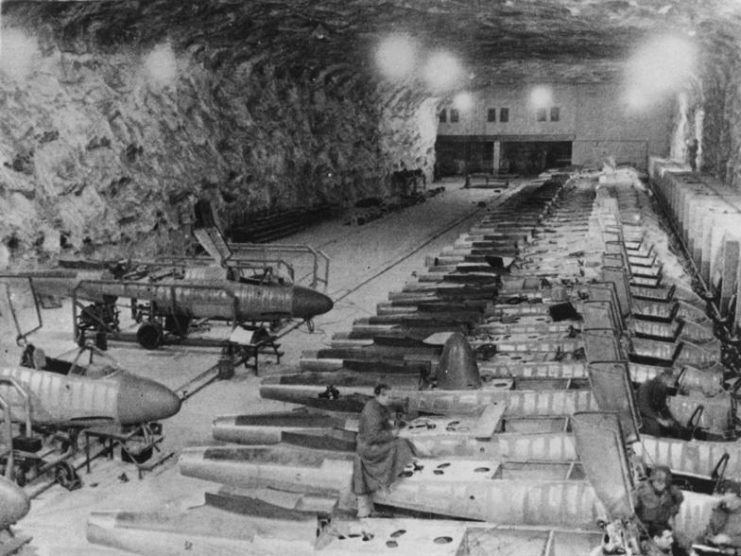
The design of the He-162 included wooden elements. Armament consisted of two MK 108 30-mm guns or two MG 151 20-mm guns. The BMW 003 Sturm turbojet engine allowed a maximum speed of nearly 500 mph. The He-162 required accurate piloting and did not forgive the mistakes of inexperienced pilots.
https://youtu.be/VbcJlFwjDMs
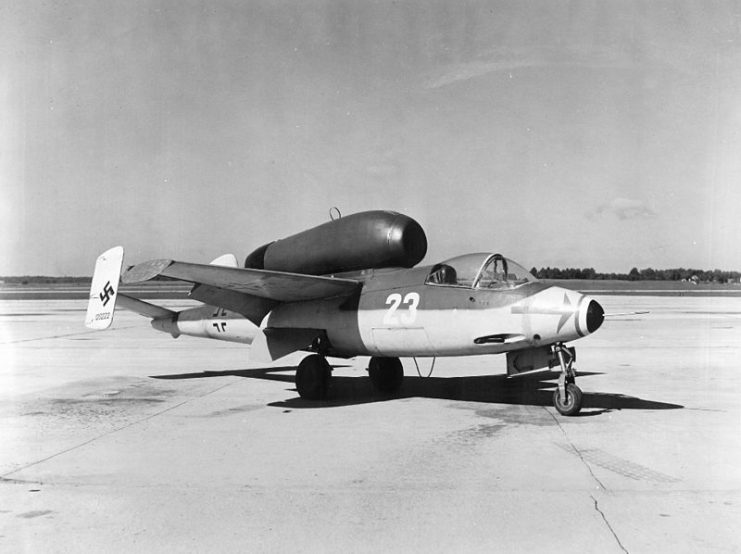
It is noted that the He-162 seldom took part in hostilities. In the period of about three weeks from April 13 to the end of the war, the first squadron to use them lost 13 He-162 fighters and 10 pilots. The enemy destroyed only three of those aircraft–the remaining ten losses were due to accidents.
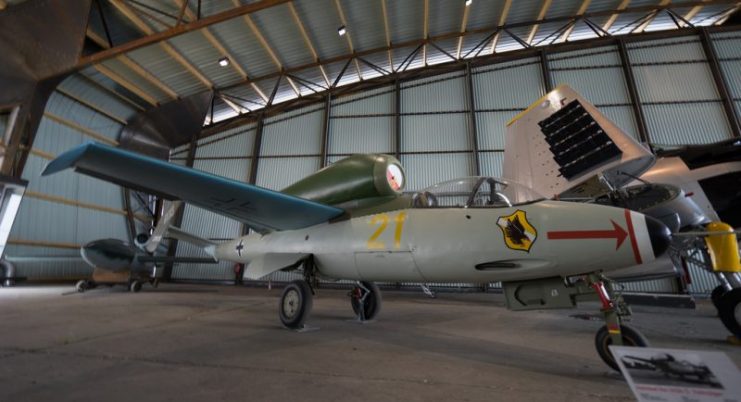
Messerschmitt Me 262 “Schwalbe”
The Me 262 was the first serial turbojet aircraft in the world to participate in the war. It was an all-metal aircraft with two turbojet engines located under the wings. Its creation took into account the manufacturing capabilities and cheaper production needed in wartime conditions.
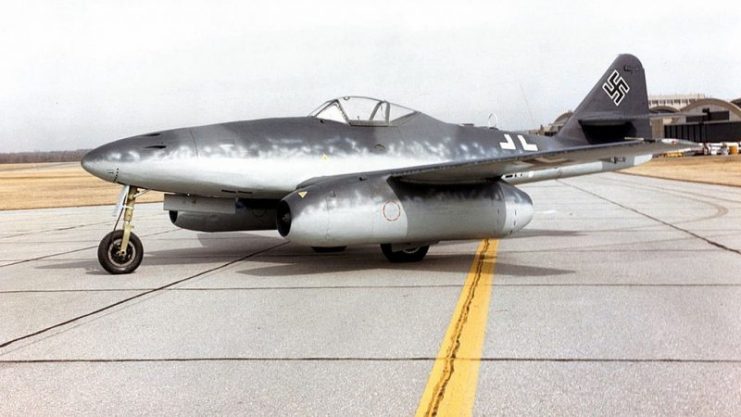
The power plant of the Me 262 consisted of two Jumo-004 turbojet engines with a thrust of 8.83 kN each. The main weapons used were two or four 30 mm MK 108 guns. The Me 262 became one of the most influential aircraft of the Second World War.
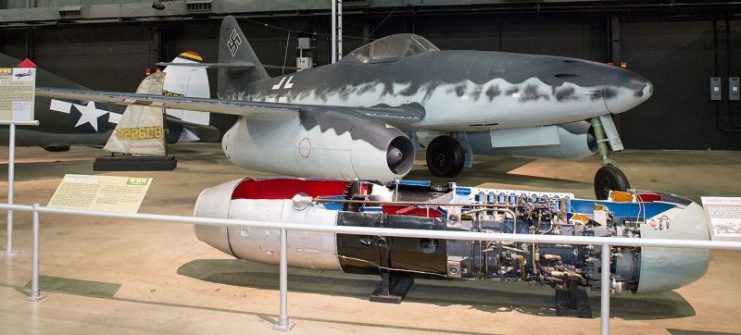
During air battles with fighter versions of the Me 262, about 150 enemy aircraft were shot down, with losses of about 100 Me 262s. The main drawback of this aircraft was the unreliability of the Jumo-004 engines.
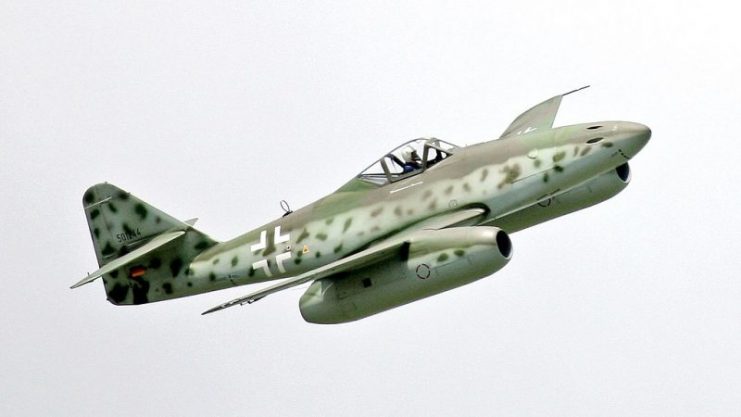
V-1
The V-1 flying bomb was the only missile equipped with a pulsejet for power. This type of engine was chosen for the simplicity of the design and the low amount of labor needed for its fabrication. Since it was easy and inexpensive to manufacture, it could be produced in large quantities. The V-1 was an effective weapon–when one actually reached its target–since the damage it caused was greater than the cost of production.
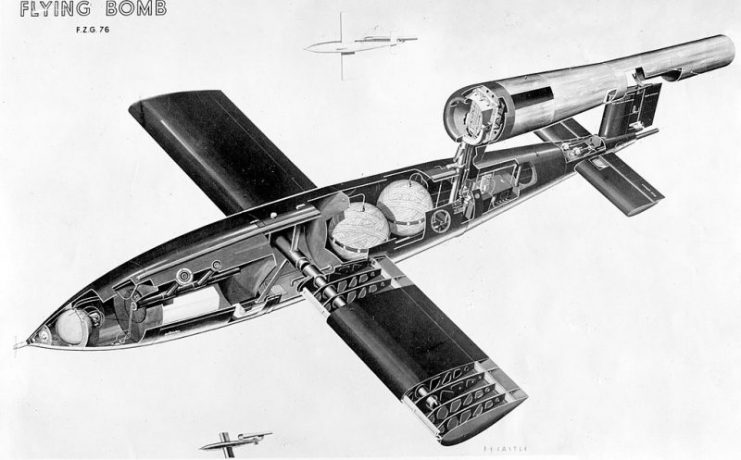
However, according to statistics, 20% of the missiles did not launch at all, 25% were destroyed by British aviation, 17% were shot down with anti-aircraft guns, and 7% were destroyed when they collided with barrage balloons. Also, V-1 engines often malfunctioned in flight, creating a vibration that disabled the rocket and causing about 20% of the V-1s to fall into the sea before reaching their target.
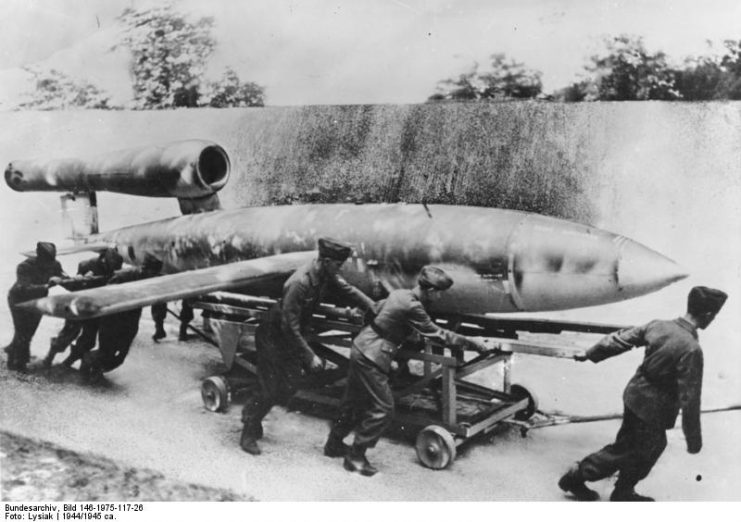
V-2
The V-2 rocket was the first-ever object to make a suborbital space flight, launching vertically and reaching an altitude of 117 miles. The first launch took place in March 1942, and the first combat launch took place on September 8, 1944. The number of V-2 military launches was 3,225, which affected mostly civilians in the United Kingdom. About 9,000 people were killed by V-2 rocket attacks.
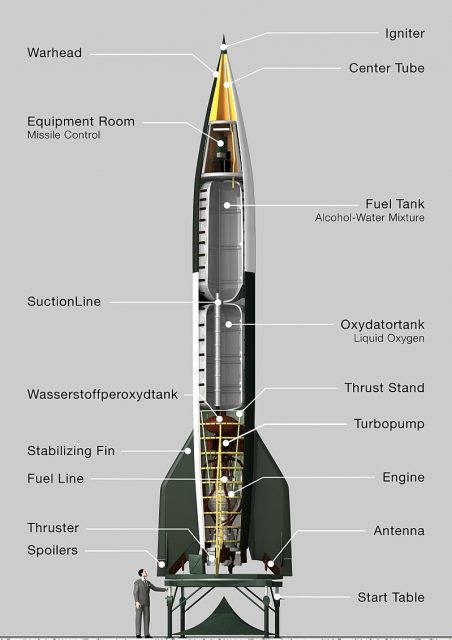
The maximum speed of the V-2 flight was about 3,580 miles per hour (5,760 kmh) and the range of flight was nearly 200 miles. Each missile could be loaded with up to 1,764 pounds (800 kg) of amatol, a high explosive. The V-2 was fairly ineffective, due to both inaccuracy and unreliability, in relation to the numbers launched: of the 4,300 missiles released, 2,000 exploded before reaching the target.
